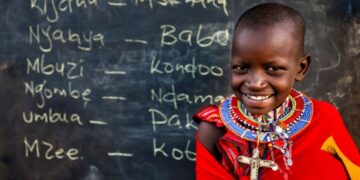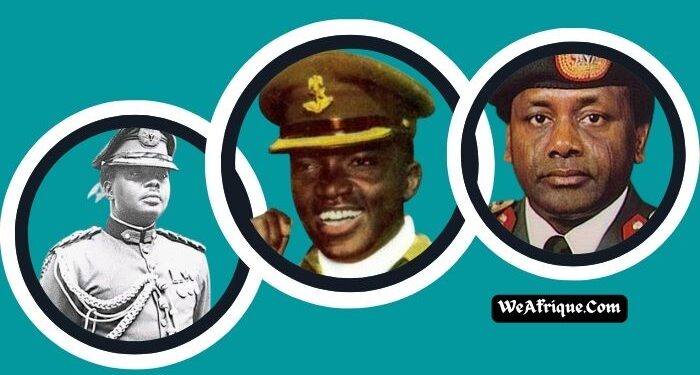Nigeria has experienced 5 major coup d’états, as well as a counter-coup, since regaining its independence from British colonial rule in 1960. Chukwuma Kaduna Nzeogwu, Murtala Muhammad, Joseph Nanven Garba, Muhammadu Buhari, Ibrahim Babangida, and Sani Abacha were the leaders of these coups, which led to different military regimes ruling the nation between 1966 and 1999.
Moreover, Buka Suka Dimka in February 1976 and Gideon Orkar in April 1990 each staged a coup attempt. The plotters failed to overthrow the military governments of General Murtala Mohammed in 1976 and General Ibrahim Babangida in 1990.
Leaders Of Every Coup D’état In Nigeria’s History
1. Chukwuma Kaduna Nzeogwu
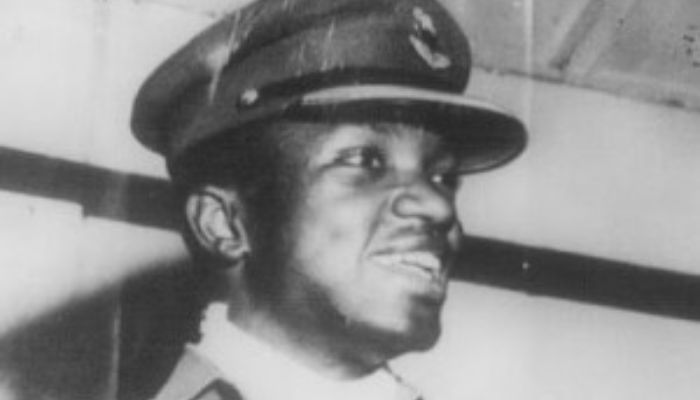
Patrick Chukwuma “Kaduna” Nzeogwu was born in Kaduna on February 26, 1937, and attended Saint Joseph’s Catholic Primary School and Saint John’s College. In March 1957, he enlisted as an officer Cadet in the Nigeria Regiment of the Royal West African Frontier Force.
Nzeogwu received six months of preliminary training on the Gold Coast before proceeding to the Royal Military Academy Sandhurst in England, where he was commissioned as an infantry officer in 1959. He then completed a platoon officer course in Hythe and a platoon commander course in Warminster.
Upon his return, he served in several army formations and units, including the 1st Battalion of the Nigeria Regiment in Enugu, the 5th Battalion in Kaduna, the Army Training Depot in Zaria, and the Army Headquarters (military intelligence section).
Nzeogwu led a group of young army majors in the overthrow of Nigeria’s democratically elected government a few weeks before he turned 29. Prime Minister Tafawa Balewa, Northern Regio Premier Ahmadu Bello, and Federal Minister Festus Okotie-Eboh were among those killed in the coup.
The coup failed and he was later arrested and detained in Lagos Kirikiri before being transferred to Aba Prison, where he was released in March 1967 by Chukwuemeka Ojukwu, the then-Governor of the Eastern Region.
Nzeogwu was reportedly killed in action as a Lieutenant Colonel for the Briafran Army during the Nigerian Civil War in July 1967. His sister, on the other hand, denied the reports, claiming he committed suicide to avoid humiliation by Federal Troops.
2. Murtala Muhammed
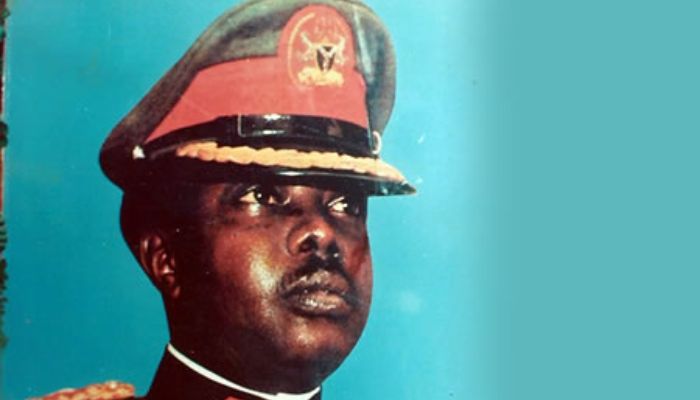
Murtala Ramat Muhammed was born in Kano on November 8, 1938. He went to Gidan Makama Primary School in Kano, Kano Middle School (now Rumfa College), and Zaria’s renowned Government College (now Barewa College).
He enlisted in the Nigerian Army in 1958 after graduating and received military training in Ghana as well as officer cadet training at Sandhurst Royal Military Academy in England. He was commissioned as a second lieutenant in 1961 and immediately assigned to the Nigerian Army Signals.
Murtala served as an aide-de-camp to M.A. Majekodunmi, the then-Federally appointed administrator of the Western Region, as a young army officer. By 1963, he was the officer-in-charge of the First Brigade Signal Troops in Kaduna, and the following year, he was promoted to the rank of major. As a result, he was appointed officer-commanding 1st Signa Squadron in Apapa, Lagos.
In response to the killings of Northern politicians and officers in the January 1966 coup, Murtala Muhammed and several Northern military officers masterminded the July 1966 counter-coup. The coup resulted in the deaths of Nigeria’s first military ruler, Gen. Johnson Aguiyi-Ironsi, and Lt.Col. Adekunle Fajuyi in Ibadan.
After the successful execution of the coup, Lt.Col Yakubu Gowon was appointed the Head of State.
Murtala commanded the 2nd Infantry Division during the Nigerian Civil War, which drove the Biafran Army out of the Mid-West region. He was promoted to colonel in 1968 and brigadier-general in 1971.
In July 1975, he was appointed Military Head of State after Gen. Gowon was deposed in a bloodless coup. After 200 days in office, he was brutally murdered in a coup attempt led by Col. Buka Suka Dimka the following year. He was 37 years old at the time, making him the youngest Nigerian Head of State to die in office and the only one to die before the age of 40.
3. Joseph Nanven Garba
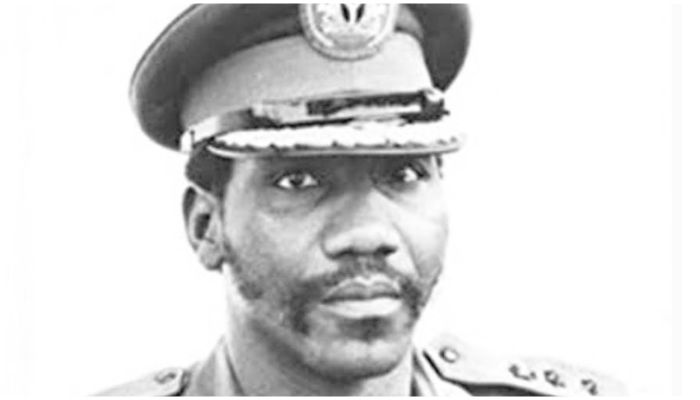
Joseph Nanven Garba was born on July 17, 1943, in Langtang, Plateau State. He received his primary education at Sacred Heart School in Shendam before enrolling in the Nigeria Military School in Zaria in 1957. Following that, he joined the Nigerian Army in 1961, attended the Mons Officer Cadet School in Aldershot, England, and was commissioned as an infantry officer in 1962.
Garba had a successful military career, serving as Platoon Commander of the 44th Battalion, Company Commander, Morta Commander, and Bridagde of Guards Commander. In addition, he presided over the United Nations General Assembly from 1989 to 1990.
He led the bloodless military coup against the then-head of state, Gen. Yakubu Gowon, in July 1975. Garba, who was then a Colonel, announced on Radio Nigeria that Gen. Gowon was no longer the head of the Federal Military Government and Command-in-Chief of the Armed Forces in his broadcast speech.
Garba, along with the plotters, accused Gowon of failing to bring the country closer to democracy. The coup plotters appointed Murtala Muhammed as the Military Head of State.
After the coup, he turned to politics and diplomacy. In this capacity, he served as Federal Commissioner for External Affairs during the regimes of Murtala Muhammed and Olusegun Obasanjo. In addition, he led the Nigerian delegation to the United Nations General Assembly in 1975, was appointed president of the United Nations Security Council in 1978, and was elected president of the United Nations General Assembly in 1989.
On June 1, 2002, he died at the age of 58.
4. Buka Suka Dimka
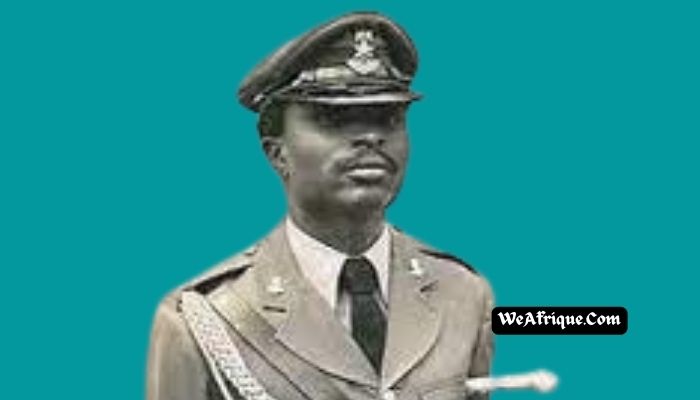
Buka Suka Dimka was born in Northern Nigeria and received his military training at the Australian Army Officer Cadet School in Portsea before being commissioned as a second lieutenant in the Nigerian Army in December 1963. He was reportedly among the plotters of the counter-coup of July 1966.
Dimka and his group of “young revolutionaries” staged a coup in February 1976 that resulted in the assassination of Gen. Murtala Muhammed, as well as his aide-de-camp Lieutenant Akintunde Akinsehinwa and his driver in Ikoyi, Lagos. Despite successfully killing the Head of State, the coup attempt was foiled by troops loyal to the Federal Government, and a manhunt for the plotters was launched.
The leader of the coup (Dimka) ran away, but he was eventually arrested, court-martialed, and executed by firing squad alongside 38 military officers and a civilian.
See Also-12 Most Iconic And Greatest African Presidents Ever
5. Muhammadu Buhari
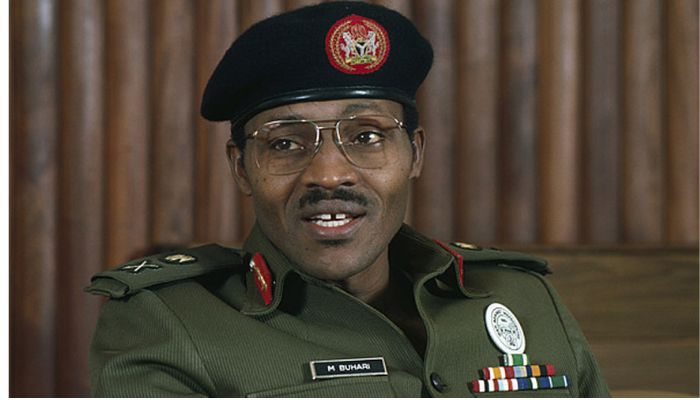
Muhammadu Burahi was born on December 17, 1942, in Daura, Katsina State. He served as Nigeria’s military head of state from December 1983 to August 1985 and was elected President on the platform of the All Progressives Congress (APC) from 2015 to 2023.
Buhari’s military career began at the age of 19 when he was admitted to the Nigerian Military Training College (NMTC) in 1962, which later became the Nigeria Defence Academy (NDA) in 1964. He attended Mons Officer Cadet School in Aldershot, England, and was commissioned as a second lieutenant in January 1963, at the age of 20. He completed the Platoon Commanders’ Course at the Nigerian Military Training College in Kaduna in 1964, as well as the Mechanical Transport Officer’s Course at the Army Mechanical Transports School in Borden, United Kingdom.
He later served as commander of the Second Infantry Battalion, Brigade Major of the Second Sector, First Infantry Division, Brigade Major of the 3rd Infantry Brigade, GOC of the 4th Infantry Division, GOC of the 2nd Mechanised Infantry Division, and GOC of the 3rd Armoured Division.
Buhari allegedly led the plotters of the December 31, 1983 coup that deposed President Shehu Shagari’s democratically elected government and installed him as the head of state. After 20 months in power, he was ousted in another coup.
6. Ibrahim Babangida
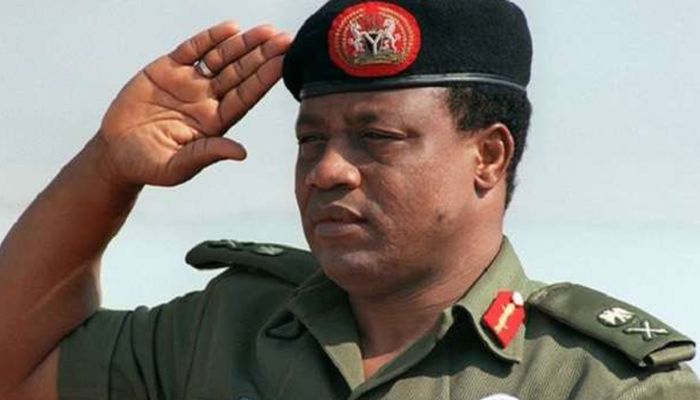
Ibrahim Badamasi Babangida was born on August 17, 1941, in Minna, Niger State, and served as Nigeria’s military president from 1985 to 1993. He attended Government College Bida before joining the Nigerian Army in December 1962 and was commissioned as a second lieutenant at the Nigerian Military Training College in Kaduna. He enrolled in the Indian Military Academy in April 1963.
In the course of his military career, Babangida served as commander of the 44 Infantry Battalion, Instructor at the Nigerian Defence Academy, commander of the Nigerian Army Armoured Corps, Director of Army Staff Duties and Plans, and Chief of Army Staff.
As Chief of Army Staff, he orchestrated the place coup that led to the removal of Muhammadu Buhari from power on August 27, 1985. Babangida and his plotter accused Buhari of failing to address the country’s economic woes. He went on to form the Armed Forced Ruling Council (AFRC) and took on the title of the President and Commander-in-Chief of the Armed Forces of the Federal Republic of Nigeria. He ruled until 1993 when he resigned and handed over to an interim government headed by Chief Ernest Shonekan.
7. Gideon Orkar
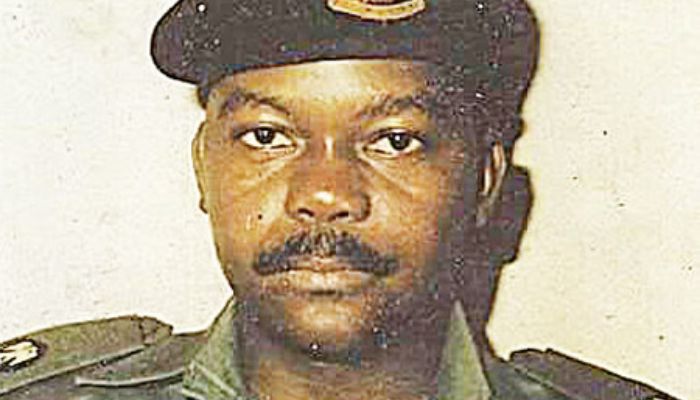
Gideon Gwaza Orkar was born in Benue State on October 4, 1952. He went to Boys Secondary School in Gindiri, Plateau State, and then to the Nigerian Defence Academy as an officer cadet. In December 1974, he was commissioned as a second lieutenant in the Nigerian Army and assigned to the Nigerian Army Armoured Corps School in Ibadan.
During his military career, he served in several units including Reece in Kaduna and Armoured School in Bauchi, as well as on a peacekeeping mission in Chad in 1978. He was also the commander of Oyo State’s Saki 22 Armoured Battalion.
In April 1990, Orkar attempted to depose General Ibrahim Babangida’s government. He and the coup plotters accused Babangida’s administration of marginalizing the people of Nigeria’s Niger Delta and southern regions.
The plotters’ troops took over the FRCN and various military units around Lagos, including the military headquarters and Dodan Barracks, which houses the presidential residence. Babangida, who was present when the barracks were attacked, fled via a back route.
Governments apprehended Orkar and his co-conspirators. Despite the fact that he allegedly masterminded the coup, the evidence presented during the trial indicated that Lt.Col. Anthony Nyam, Major Saliba Mukoro, and Cyril Obahor were the ideological arrowheads.
He and the others were convicted of treason and executed by firing squad in July 1990.
8. Sani Abacha
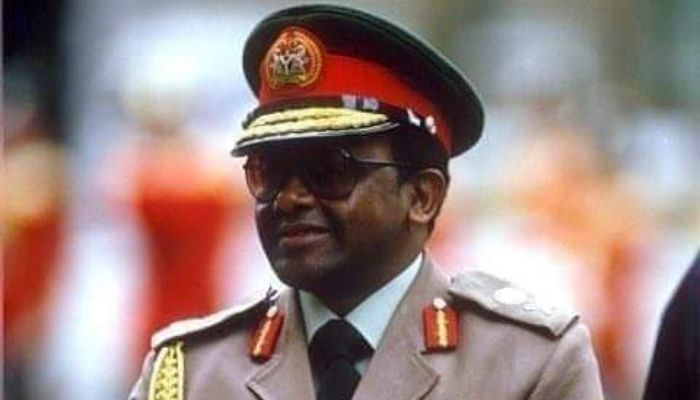
Sani Abacha was born in Kano on September 20, 1943, and graduated from the Nigerian Military Training College in Kaduna as a second lieutenant in 1963. In addition, he went to the Mons Officer Cadet School in Aldershot, England.
He held the positions of Chief of Army Staff, Chief of Defence Staff, and Minister of Defense. Notably, he is the first Nigerian Army officer to achieve the rank of full military general without passing through any intermediate ranks.
Abacah was involved in every military coup that occurred in the country during his military career.
On November 17, 1993, Abacha led a bloodless coup that ousted the interim government of Chief Ernest Shonekan. He charged Shonekan’s interim administration with failing to manage the country’s democratic process.
Nigeria’s economy is said to have grown under his watch, with foreign exchange reserves increasing from $494 million in 1993 to $9.6 billion in 1997. Furthermore, the country’s external debt fell from $36 billion in 1993 to $27 billion in 1997. However, these achievements were tainted by widespread corruption, dubbed “Abacha Loot,” and numerous allegations of human rights violations.
He died in Aso Villa in Abuja in June 1998.
